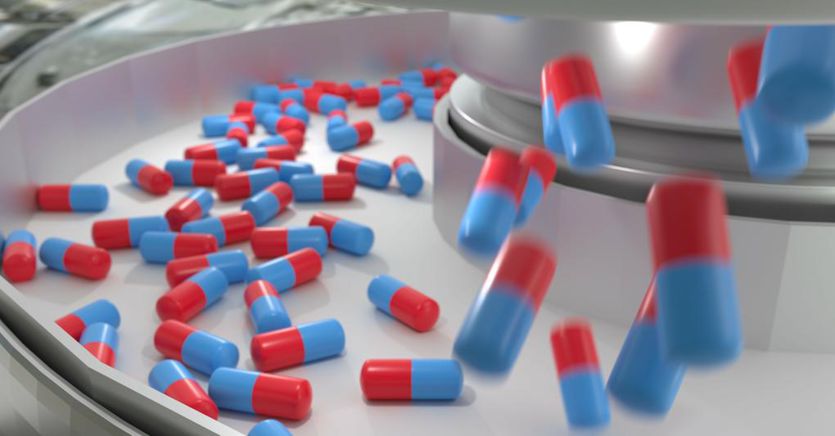Hospital pharmaceutical expenditure is running again as it was in the pre- Covid and this year could touch the record share of 12 billion, with a breach of the spending ceiling of over 2 billion, which means that for the so-called “payback” mechanism, more than 1 billion of this breach – 50% in fact – will be paid by pharmaceutical companies.
Fewer hospital therapies
With the pandemic In fact, the consumption of hospital therapies had collapsed: in 2020, for fear of contagion, many patients had decided not to go to hospital and many doctors had canceled visits and interventions that they did not consider urgent. In 2021 there was a first rise in access to diagnosis and treatment which led to a timid recovery of the hospital pharmaceutical market (+1.2 per cent). Now, however, based on the first estimates on consumption in the first months of 2022, the wind in spending seems to have changed again, returning to blow as impetuously as in the past.
Based on current consumption and year-end estimates recorded by Iqvia – the global provider of data, analysis, consulting and innovative technologies in the health and pharmaceutical sectors – pharmaceutical expenditure for direct purchases (hospital expenditure) in 2022 will again exceed the limit set by law: it is expected that the expenditure will be around 11.8 -11.9 billion euros, with an increase of about 5% compared to 2021.
The spending deficit
According to Iqvia’s calculations, the deficit in direct drug purchases will be between 2.2 and 2.3 billion euros. Half of these, ie 1.10 – 1.15 billion, will have to be covered by the pharmaceutical companies. In fact, the expenditure ceiling for the direct purchase of drugs, even if still provisional, should be around 9.6 billion euros, or 7.8% of the National Health Fund.
Last year, the breach of the roof was 1.968 billion, so by 2021 just under a billion will have to be covered by pharmaceutical companies. According to initial estimates, this year’s breakthrough should therefore increase by about 10% compared to 2021, despite the 2 billion increase in the Health Fund and the increase in the percentage of the Fund dedicated to pharmaceutical expenditure for direct purchases which is passed from 7.65% to 7.8% (net of medical gases). Both of these measures were approved by the 2021 Budget Law.
